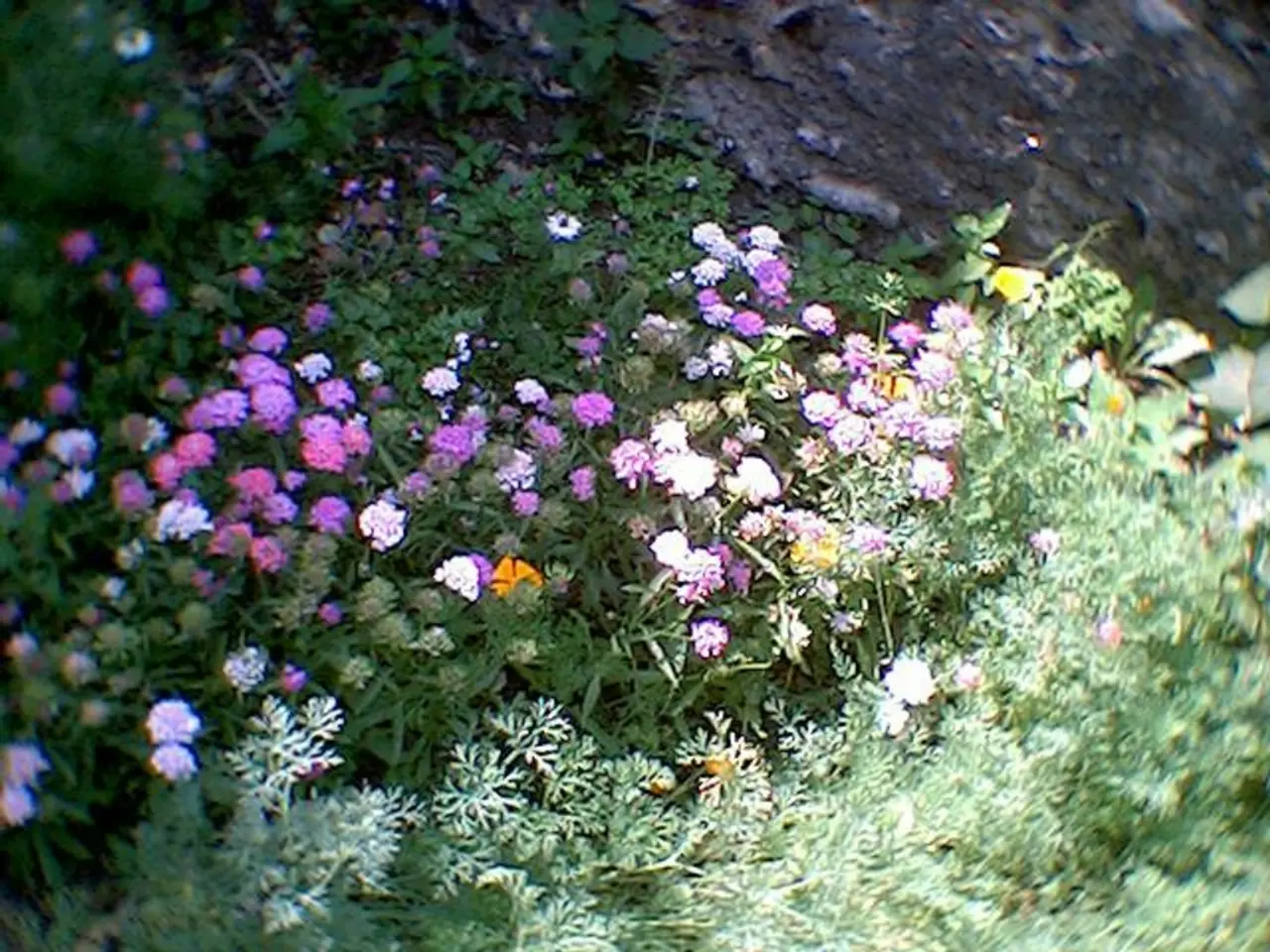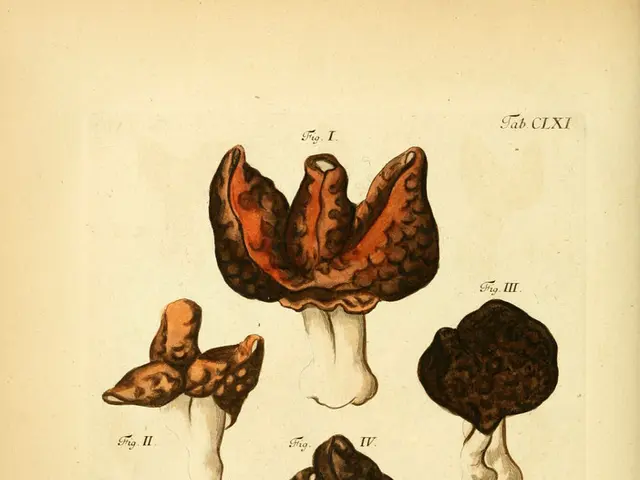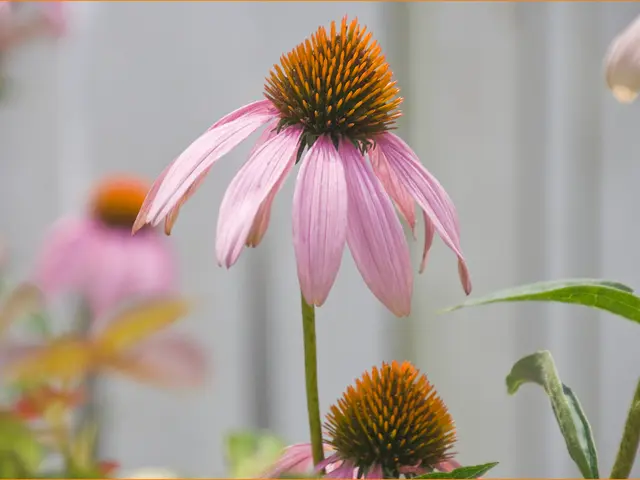Revitalizing Orchids effectively: Follow the correct pruning methods to boost blooms and enhance overall plant health, particularly for specific orchid varieties
===========================================================
Orchids are a popular choice for indoor plants due to their vibrant flowers and unique appearance. Proper pruning is essential for maintaining healthy orchids and encouraging better blooming cycles. Here's a guide to pruning common orchids, with specific tips for each genus.
Dendrobium
After flowering, cut back old flower canes that no longer produce blooms down to the base while leaving the green canes intact to support new growth. Remove any dead or shriveled parts to maintain plant health.
Phalaenopsis
Once the flower spike turns brown or dies, prune it all the way back to the base near the roots to encourage fresh spikes. If the spike is still green after blooming, some growers cut just above a node to possibly induce a secondary bloom.
Vanda
Cut the old flower stem at the base after blooms fade. Also remove any dead or dying leaves promptly to prevent disease.
Oncidium
Generally, you don't prune entire canes unless they are dead; just remove faded flower stems and any yellowing leaves to promote vigor.
Cattleya
Cut spent flower spikes near the base after blooming. Remove any dead leaves or damaged pseudobulbs to improve airflow and plant health.
Cymbidium
Remove old flower spikes at the base after flowering ends, and trim any dead or unsightly leaves. Some growers also remove older pseudobulbs that no longer bloom to encourage new growth.
General Pruning Tips
- Use sterilized, sharp pruning shears to prevent the spread of diseases.
- Prune only after blooms fade.
- Be gentle to avoid damaging healthy tissue.
- Root pruning is beneficial during repotting to remove dead roots, promoting better overall plant health.
Repotting and Care
- Spray any areas that have been cut with a dilution of hydrogen peroxide and allow it to air dry before repotting the plant.
- Once new growth is visible, resume the orchid fertilizing schedule.
- It's important to use clean, sharp pruners when pruning orchids.
- Orchids should be repotted every two years to freshen the soil and move it to larger housing if necessary.
Important Notes
- Keep watering your orchid carefully to avoid excess water sitting at the base of the plant.
- Oncidium orchids do not require pruning of the roots, only the removal of the dead flower spike back to the base.
- Orchids may need pruning at certain times, such as when they enter their dormant period in fall or when specific species like Vanda become leggy.
Sign up for our Newsletter for houseplant and gardening inspiration and exclusive offers. By following these genus-specific guidelines and general pruning principles, you can maintain healthy orchids and enjoy beautiful blooms for years to come.
Article by Bonnie L. Grant, Professional Landscaper with a Certification in Urban Gardening, and Amy Draiss, Digital Community Manager. This article features products available from third-party vendors on the platform Shop.
[1] Phalaenopsis Orchid Care and Pruning Tips. (n.d.). Retrieved from https://www.gardeningknowhow.com/ornamental/flowers/phalaenopsis/phalaenopsis-orchid-care-and-pruning-tips.htm
[2] How to Prune Orchids. (n.d.). Retrieved from https://www.thespruce.com/pruning-orchids-1388844
[3] Orchid Pruning: Tips for Keeping Your Orchid Healthy. (n.d.). Retrieved from https://www.bhg.com/gardening/houseplants/orchids/orchid-pruning/
[4] Phalaenopsis Orchid Pruning: When and How to Prune Your Moth Orchid. (n.d.). Retrieved from https://www.gardeningknowhow.com/ornamental/flowers/phalaenopsis/phalaenopsis-orchid-pruning.htm
[5] Orchid Pruning: When, Why and How. (n.d.). Retrieved from https://www.orchidspecies.com/orchid-pruning.html
Incorporating gardening practices into a home-and-garden lifestyle can include caring for orchids, which are popular indoor plants. To maintain vibrant and healthy orchids, one must follow a proper pruning schedule detailed in the article for various genera such as Dendrobium, Phalaenopsis, Vanda, Oncidium, Cattleya, Cymbidium, and more. It's essential to choose sterilized and sharp pruning shears for the task, prune after blooms fade, and be gentle during pruning to avoid damaging healthy tissue.




